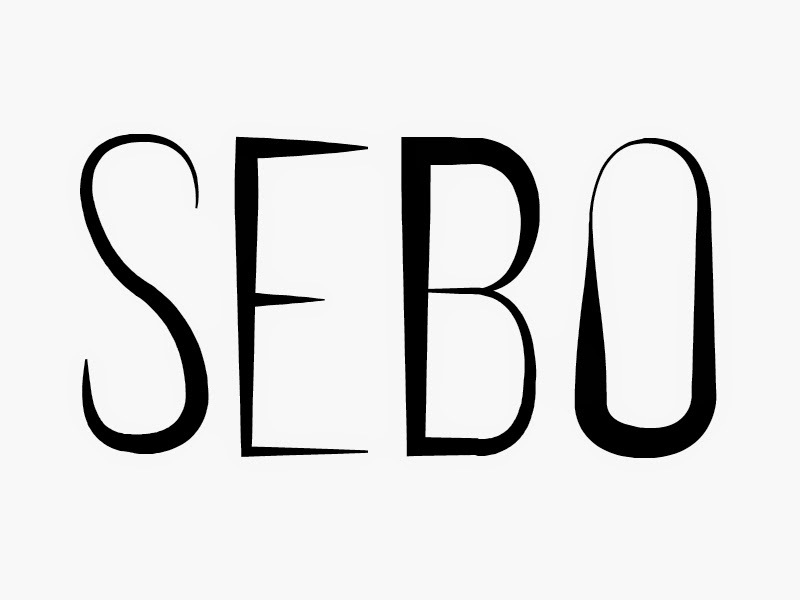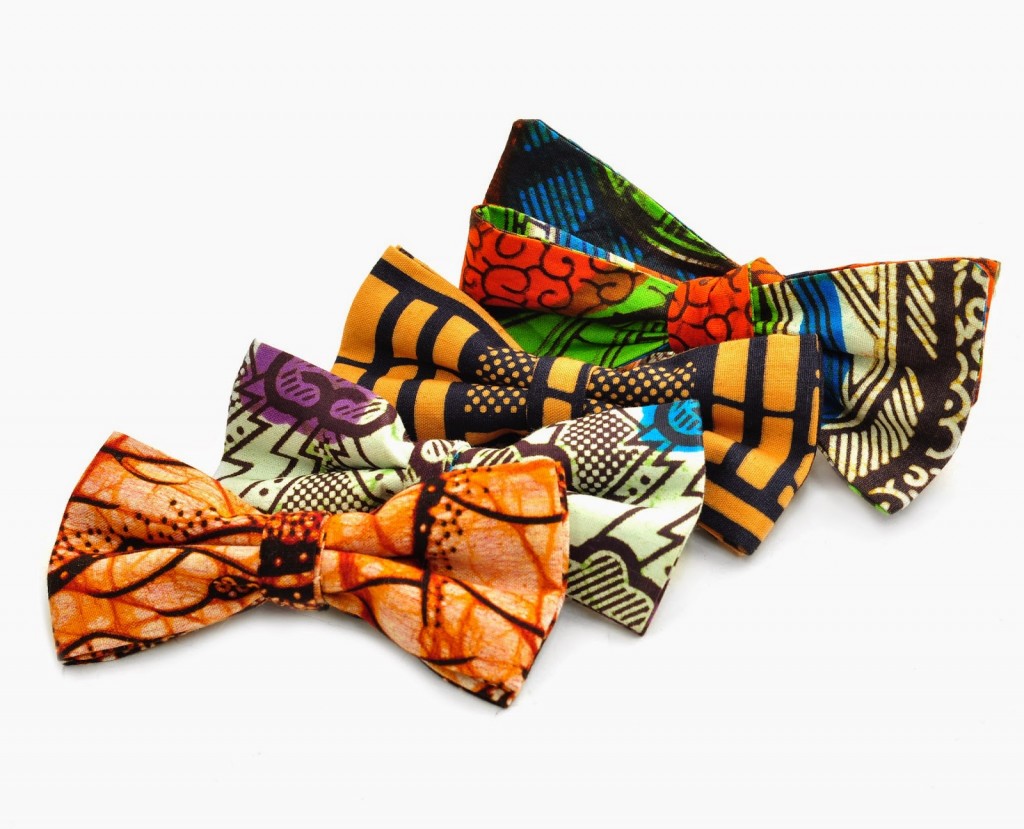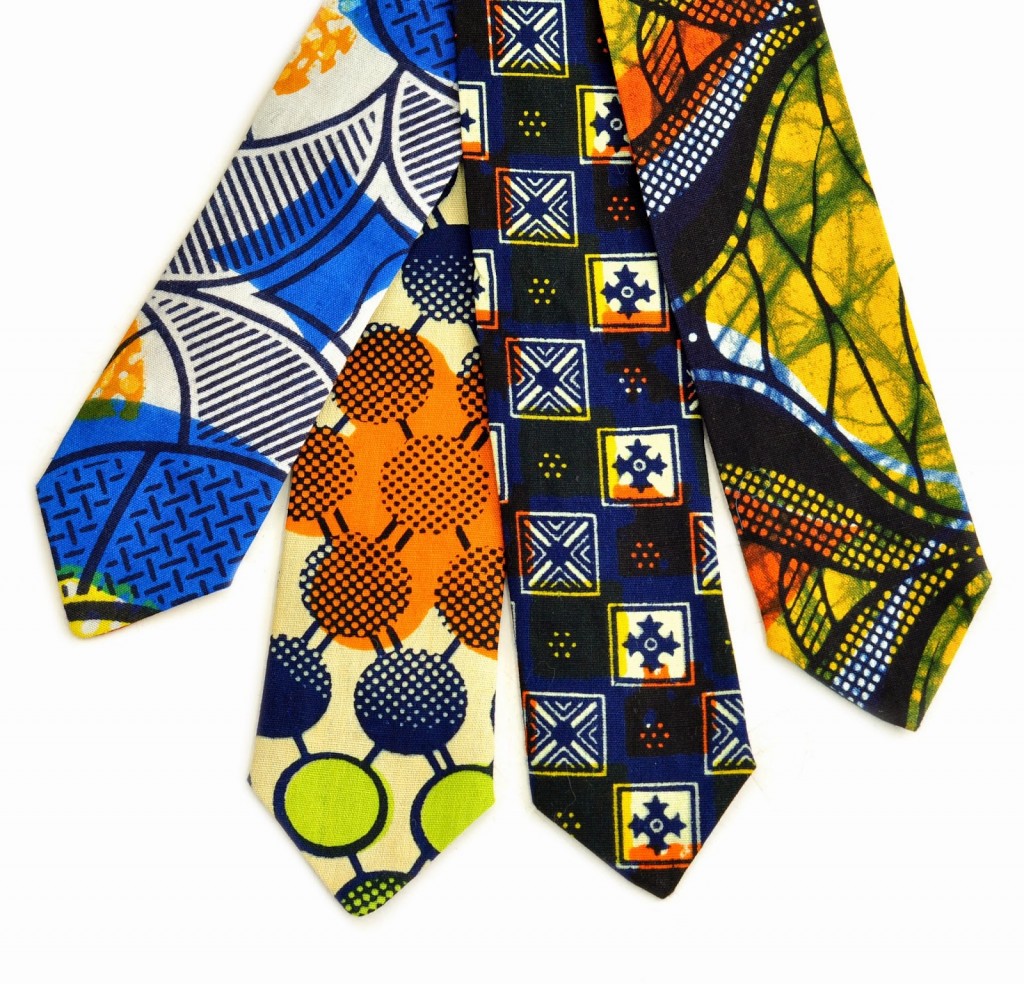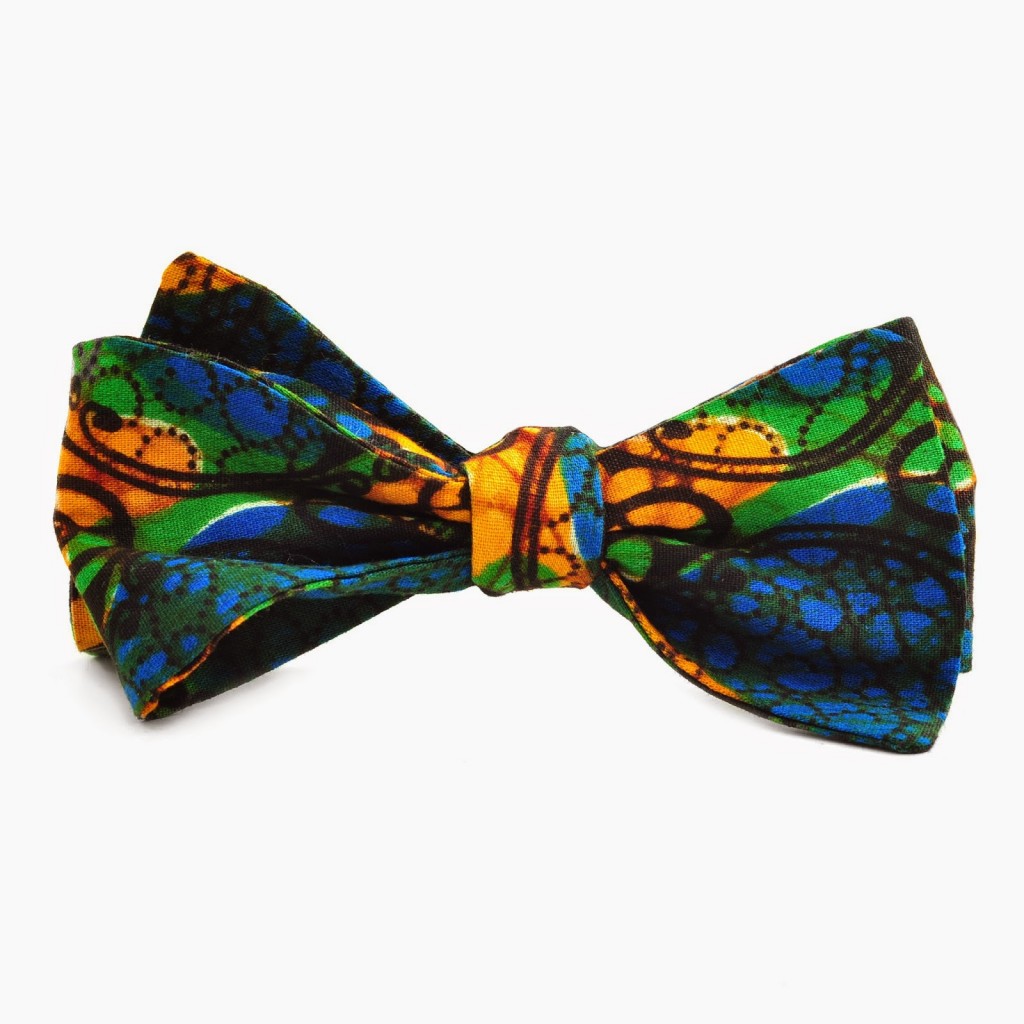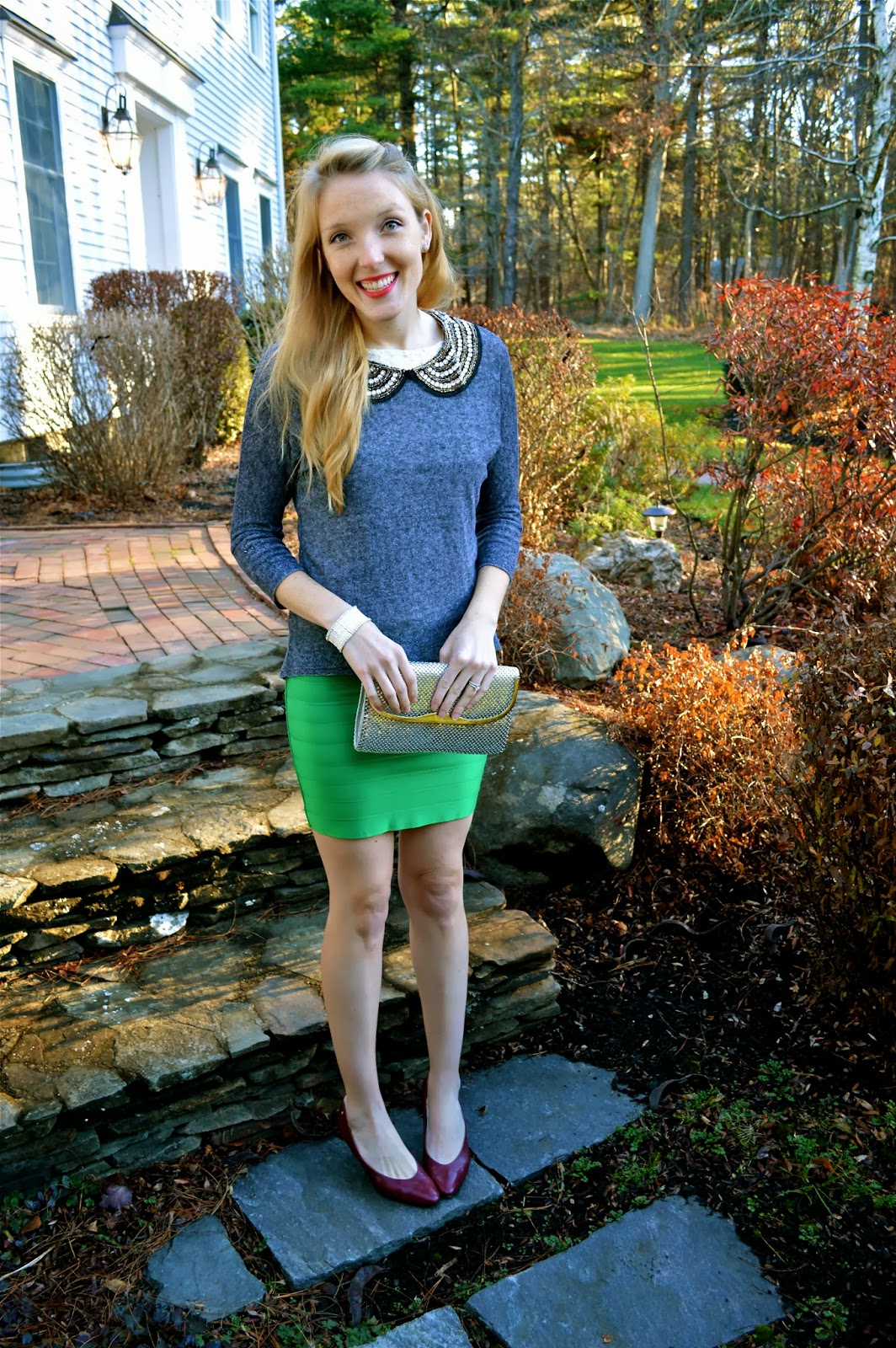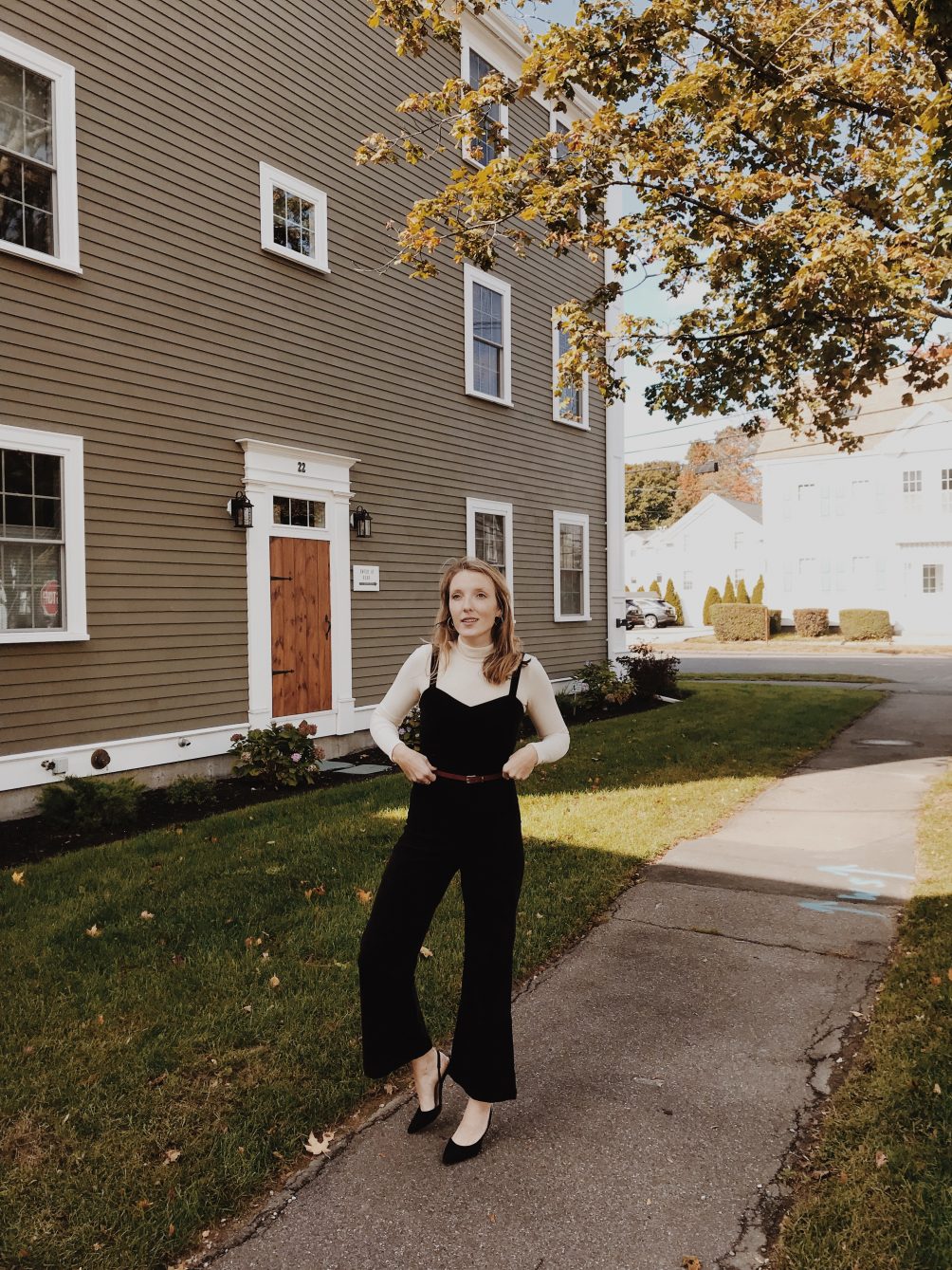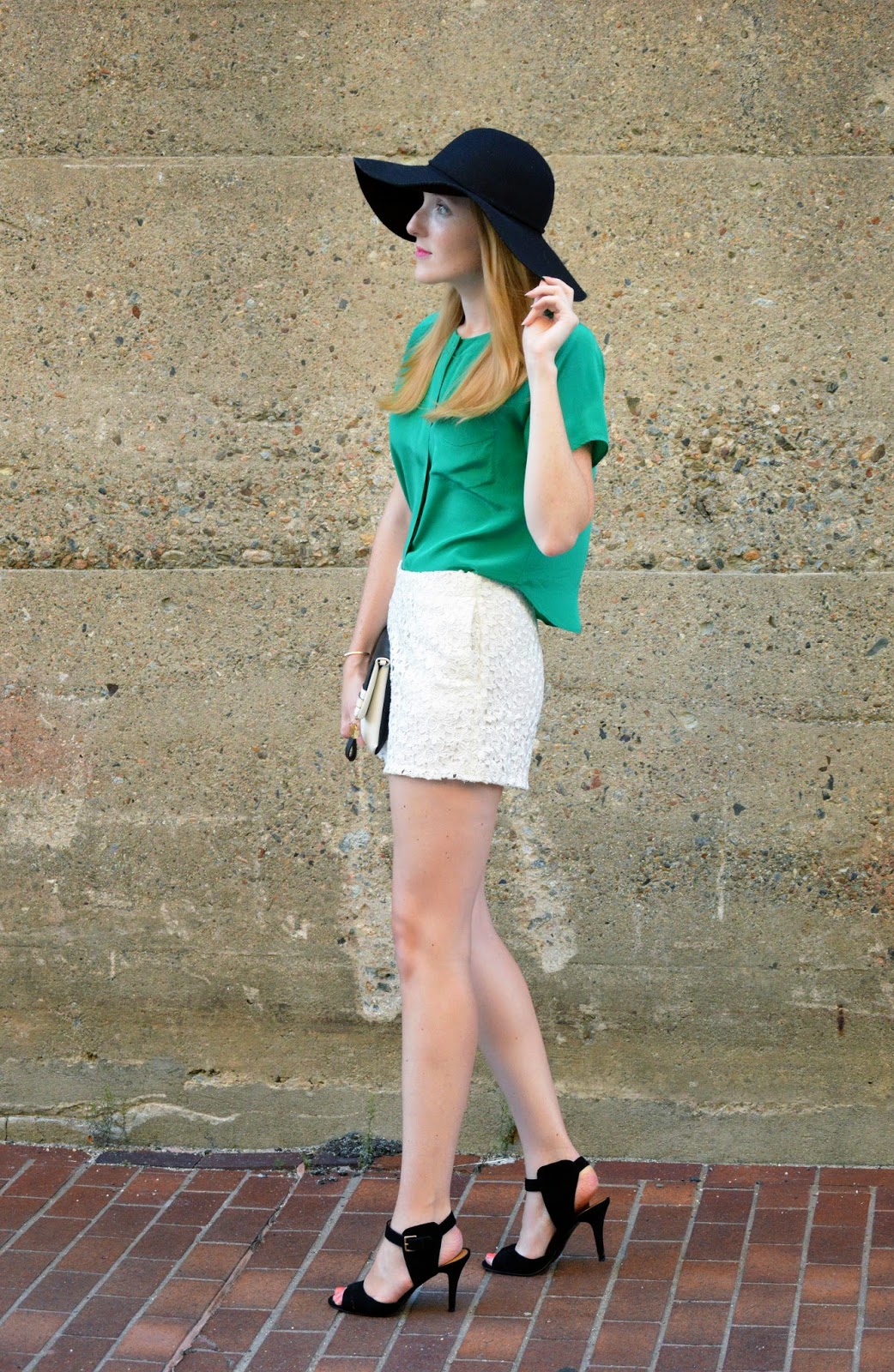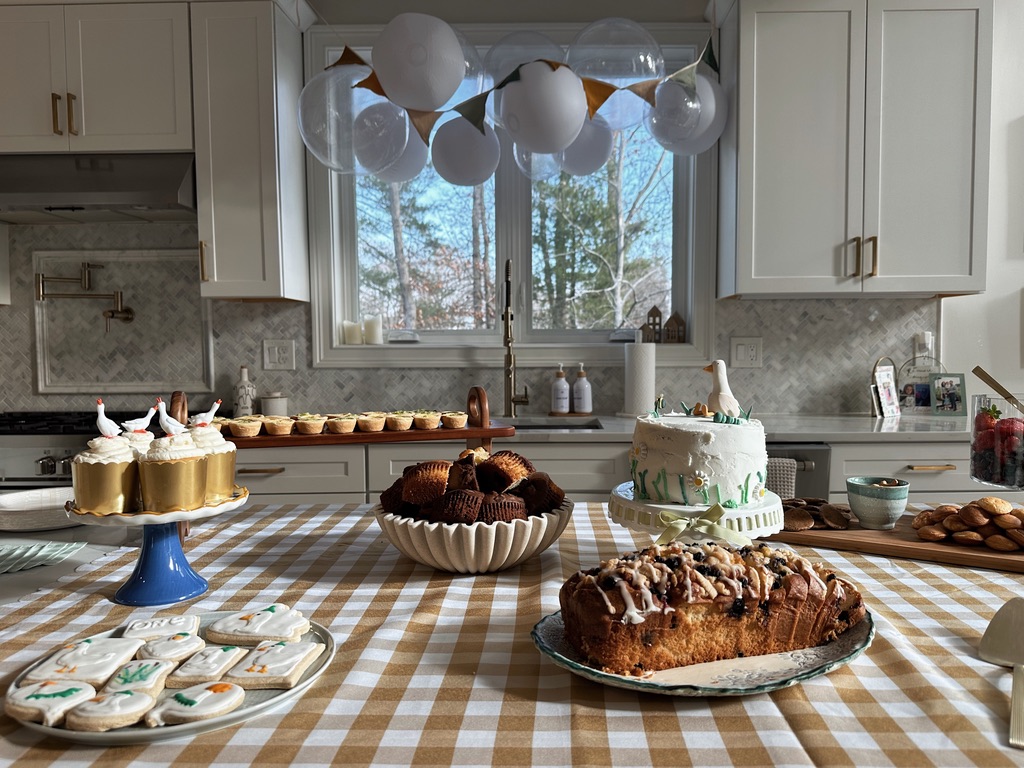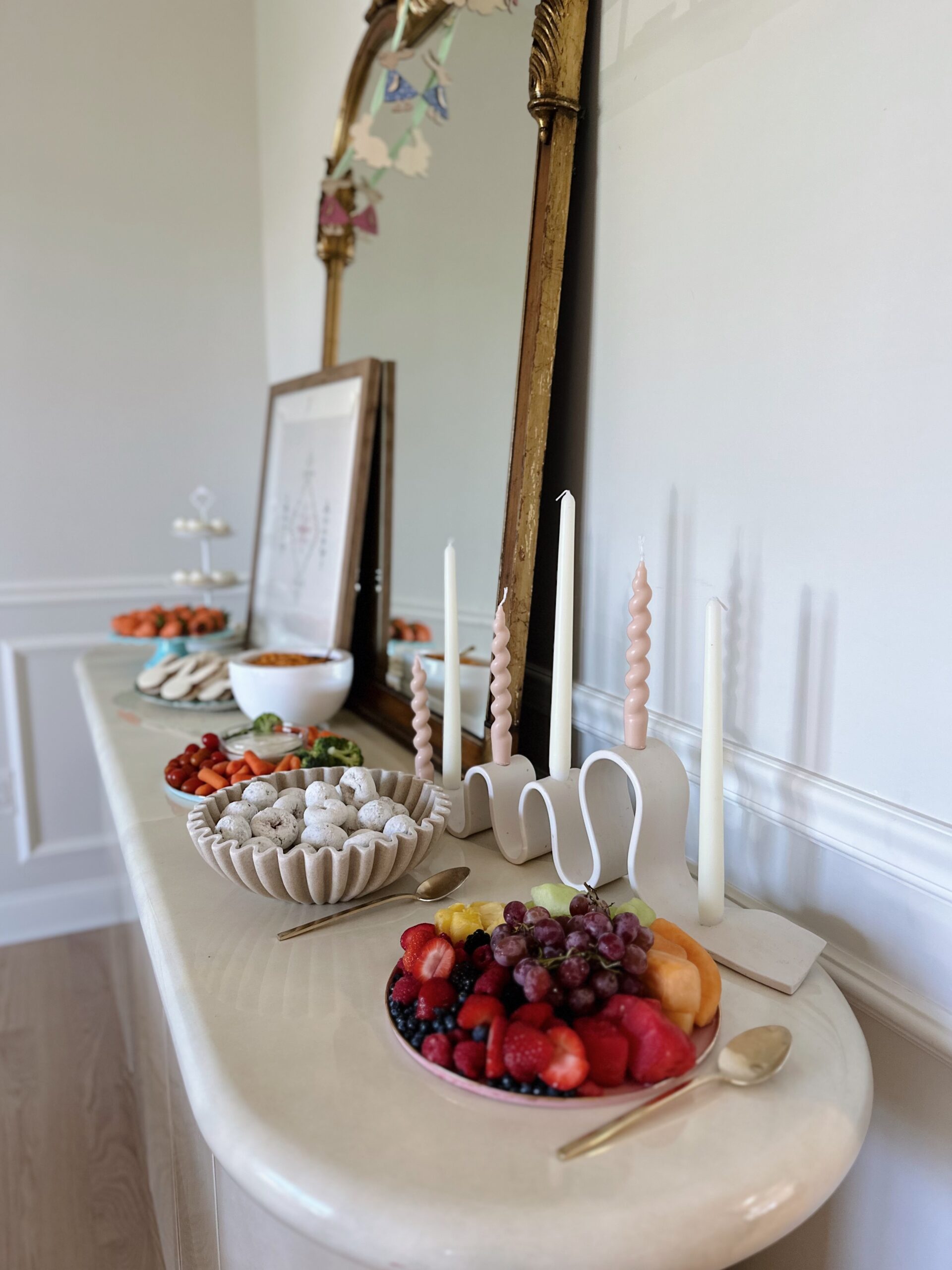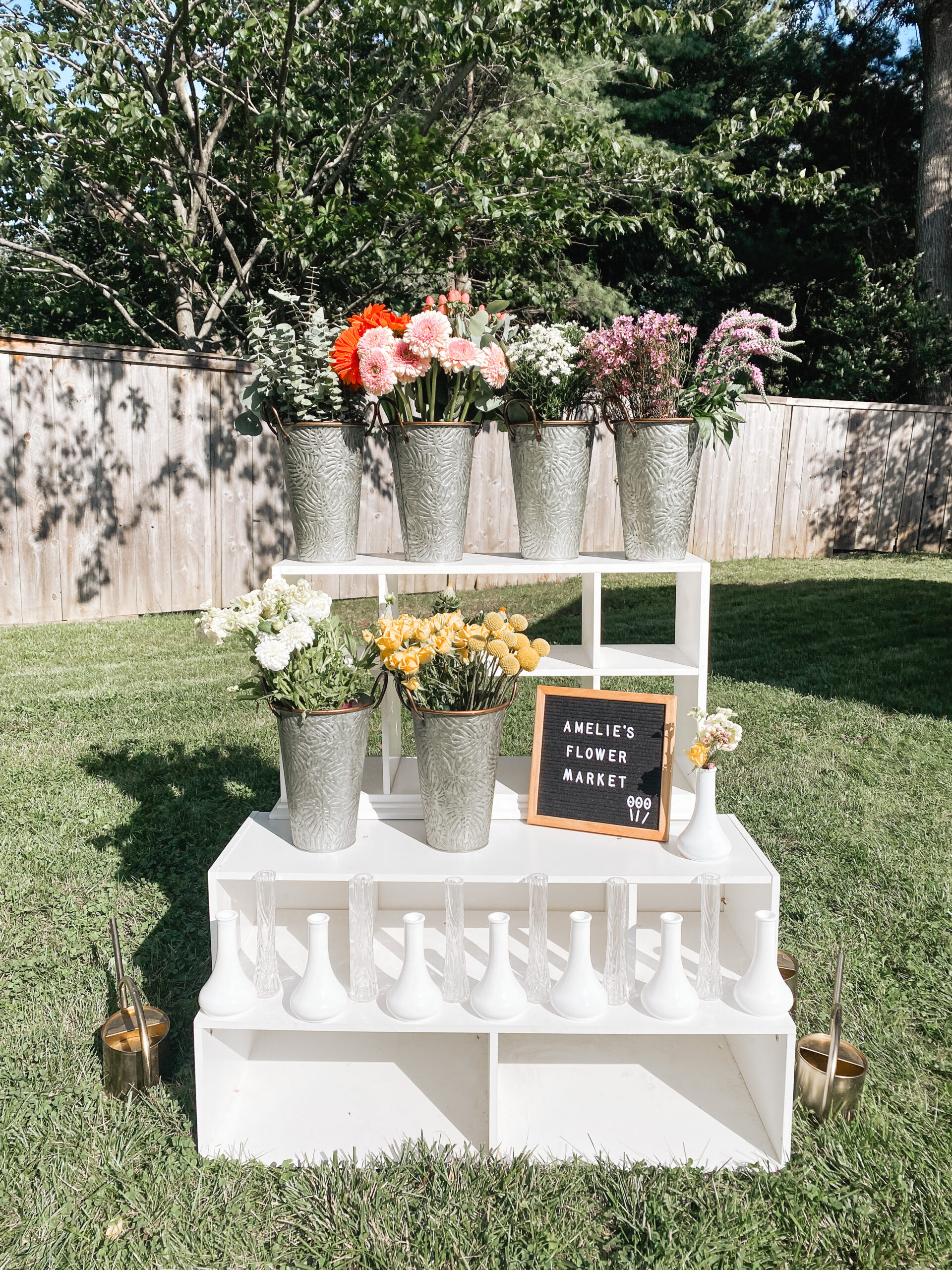In true New England jargon, I am nothing short of wicked excited to share this post. A friend whom I’ve know for fourteen years (wow, how is that possible!?), recently launched his own men’s accessories brand, SEBO. I wanted to get all the details from founder Sam Wheatley on the company, their designs, and his styling tips for these bold prints. See the full interview below and be sure to check out their gorgeous site.
 |
| {founder, Sam Wheatley, modeling the Makindye Skinny Tie} |
What is the significance of the name SEBO?
SEBO, pronounced “say-boh,” is a great word. Traditionally, it is Lugandan for “Sir.” However, you’ll also hear it used between friends in place of “man” or “dude.” So, when you see your friend, you say, “Sebo! How’s it going?” With that in mind, we thought the name SEBO was perfect for a men’s line which you can be worn in formal and informal occasions. (And for those curious, “Nyabo” is used for “miss.”)
How did you develop your interest in men’s accessories?
Actually, our original interest was in sportcoats. We wanted to find a way to bring kitenge (the material we use) and the skills of our tailors to the US and European markets and thought that sportcoats were the most exciting way to do so. Unfortunately, the prints were a bit too strong for Western appetites. So, we decided to shift to accessories as a way to introduce the prints in a more subtle, and ultimately, more effective manner.
Where do you get inspirations for the pieces you create?
Definitely Kampala. We named each print after a neighborhood in Kampala based on how we perceived the place to be. For example, the Kabalagala print is dark in contrast but full of color. This is to reflect a place that really only comes to life once the sun goes down. Meanwhile, the Bukoto is a very dynamic print, which represents a place known to some for its bustling market and to others for its new luxury apartments. Ultimately, all of the pieces and all of Kampala’s neighborhood are inspired by the same energy. Whether you’re walking the streets or dodging traffic on the back of a motorcycle, Kampala’s sound and insatiable appetite for growth are impossible to miss.
If someone isn’t used to wearing such bold patterns, how would you style a SEBO accessory?
I think that many people can be intimidated by our patterns (originally, I was too). But we have quite a range of patterns ranging from the interesting, such as the Nakasero, to the standout, like the Naguru. Regardless of which style print you prefer, the easiest way to wear it is with a solid color shirt. That way, you can feel comfortable while still creating a distinctive look.
Is there something special or unique about the fabric you use?
Yes! The material is called kitenge and is about as unique as it gets. Real kitenge is printed once as a seasonal design or symbolic depiction and never again. Kitenge also is infused with wax, which conforms to your body as you wear it in. That means that the more you wear a kitenge piece, the more “you” it becomes. Lastly, and in addition to all this, SEBO has a dynamic cutting approach to our production, so even within the same print, you won’t see two of the exact same product.
Which one of the SEBO design do you wear most often?
My preference changes quite a bit. At the moment, I prefer prints like the Ntinda, which are a bit darker in contrast. And I love how the skinny ties look, so that’s my go-to. My Co-founder, Christoph, prefers the brighter prints, such as the Kololo. And being the gentleman he is, he prefers the bow tie.
What is one top men’s fashion trends you see for 2015?
What we see is the rise of African fashion over the past decade. Ten years ago, there was no such thing as an African fashion even at the world’s largest Fashion Weeks. Five years ago, they were just getting started. Now, many think this year will be the year of African Fashion. Of course, I may be a bit biased, but no one in the fashion world is denying how trendy African prints are becoming.
What is your favorite part of the fashion design process?
The sample stage. It takes me from the market, where I barter with shopkeepers for the latest prints, to the factory, where I work with the tailors to make sure that the final product will meet our quality standards. It’s really cool going from envisioning a product when you’re staring at the print in the market, to seeing it come to life in the sample.

